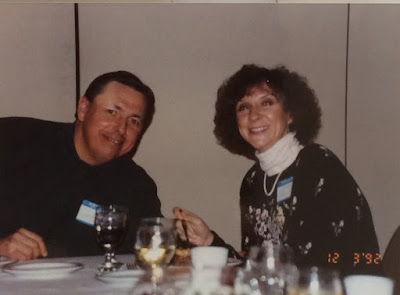Stencil
Manufacturing ( part 2)
We
originally bought the nitrocellulose in the form of used motion
picture film. A company, “Cellofilm,” removed and recovered the
silver from the film reels. These rolls of film were stored in
drums in a pit at the rear of the property. After one of the drums
exploded we bought solutions of virgin cellulose from Cellofilm.
This required adjusting the coating as the film had some camphor as a
plasticizer. To make the coating solution, the nitrocellulose was
dissolved in ethyl acetate and ethyl alcohol and the oils and
pigments mixed in. The halowax and fatty amide were melted in a
steam heated kettle before added.
When
stencils were typed, the letters such as “e” and “o” on the
typewriter keys would fill up with the stencil coating. This was
worse after we started roll coating since the coating stayed on the
bottom side of the stencil paper. I solved this problem by, instead
of winding up the coated sheet at the end of the drying tunnel,
adding a coating station to apply a thin coating of a nitrocellulose
solution plasticized only with castor oil and carrying the web back
through the tunnel and winding it in back of the unwind stand.
Later, we put two coating stations in the middle of the drying
tunnel. One coating on the first main stenciling coating was a
casein solution, which would hold moisture and neutralize the
electrostatic charge that formed when the stencil contacted the copy
paper. This was particularly important for the Gestetner two drum
machine. The other coating was fine diatomaceous earth which reduced
the glare when the stencils were typed. This four coated stencil
became the standard for the industry. For lower cost stencils we
added the diatomaceous earth to the second coat.


























